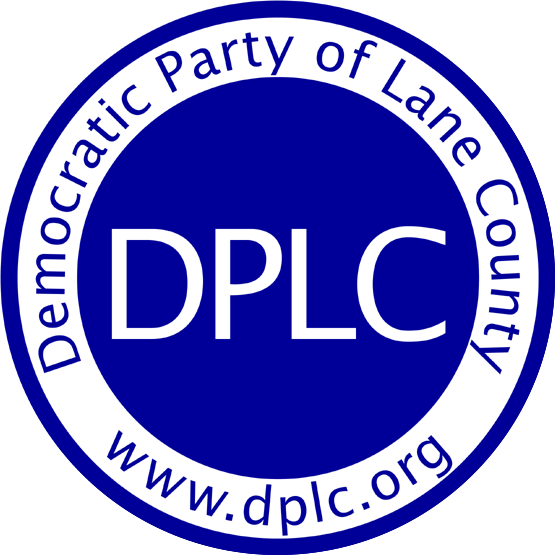This week’s Eugene City Club presentation is “Seeing the Forest for the Trees: the Emerald Valley’s Urban Forest.”
Everyone knows the Emerald Valley is home to Tall Firs. But what is the health and status of Eugene’s urban forest, the interconnected network of trees, vegetation, and open space within our urban area? What are its unique characteristics, and how does it impact Eugene’s sustainability, equity, and climate resilience goals?
In the 1800s, the Willamette Valley was described as a wide expanse of prairie interspersed with oak savanna and oak woodland, a rich habitat actively managed by the Kalapuyan peoples. Much of Eugene’s current urban forest has been planted as this area urbanized and neighborhoods developed over the past 150 years, though the resulting canopy is not equitably distributed.
Today, Eugene’s trees are essential infrastructure for city life—capturing rainwater, trapping pollution, providing habitat, and supporting our community’s health and vitality throughout the seasons. Among their most profound contributions is to mitigate “urban heat island effect,” the phenomenon by which unshaded, impervious, heat-absorbing areas become significantly hotter and less healthy than surrounding areas, which translates directly to disparities in human health.
Increasing urban forest cover is among the actions outlined in Eugene’s Climate Action Plan, a goal that sits alongside objectives to encourage compact development to reduce emissions and preserve forested areas and agricultural land beyond the urban growth boundary. This program will discuss ways in which these goals might intertwine, and the profound role of the urban forest in supporting a more equitable and resilient community.
Find out more here, then tune in at or after 12 p.m. on Friday on Facebook or YouTube.
